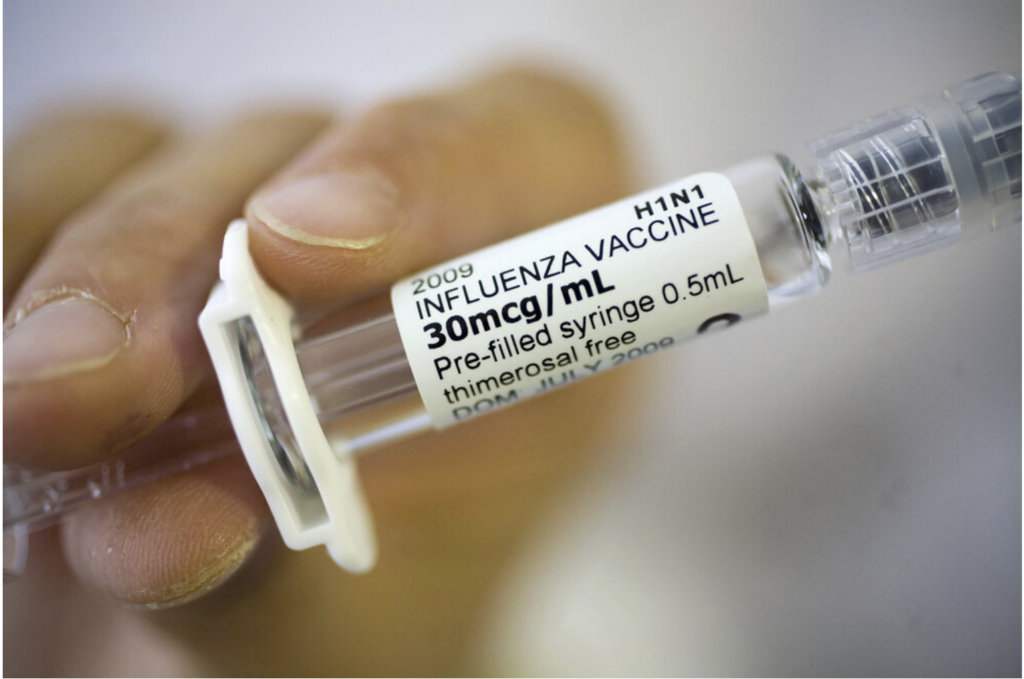
All the vaccines are specific and designed to stimulate the immune response specifically against certain diseases and their causative agents in order to boost up the immune system of the body.
Thus, the comprehensive understanding of the mechanisms of the vaccines coupled with the vaccine classifications would allow describing their function and value adequately. Analyzing the vaccines based on the mode of operation and the disease types it is possible to come up with a logical perception of the part played by these immunizations and their impact in continuous fight against the pathogens as well as an enhancement of the general population health.
When looking at the variety of vaccine classifications and the different strategies used in providing immunity, we gain a better understanding of the complex nature of the vaccines themselves. By constant studies and innovations in the field of vaccines, the health care professionals aim to enhance the administrations of vaccines and come up with innovative ways to strengthen the health security and strengthen immunity against ailments in the whole world.
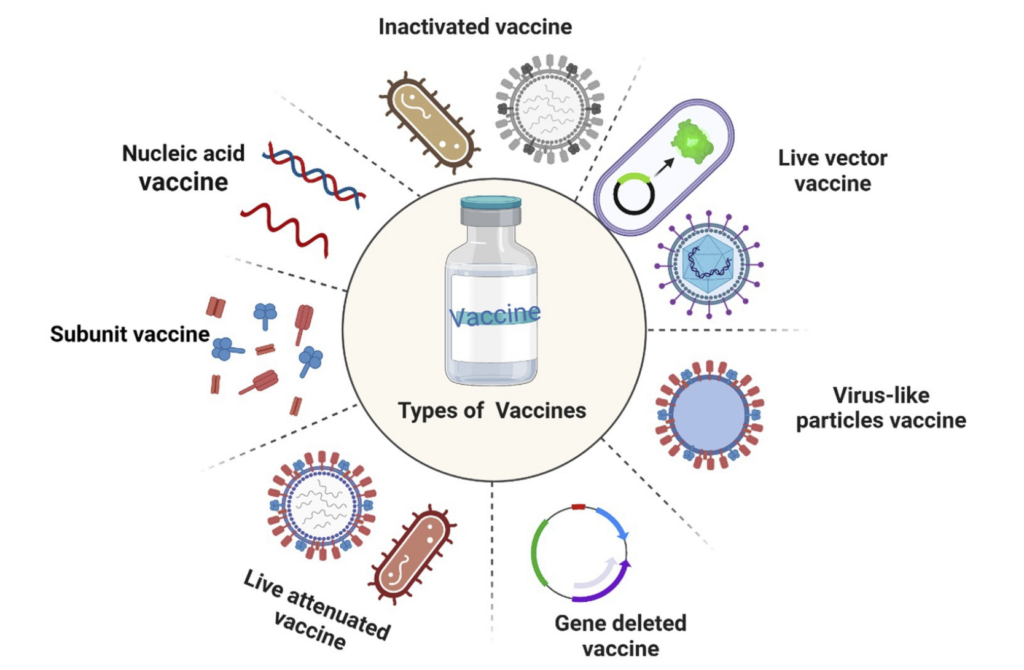
What Are Types of Vaccines?
Vaccines are products that come from a preparation of living organisms which aim at producing an effect which defends the body against the pathogen. Some of the determinants types of vaccines include the type of disease, the level of immunity desired, and the progress in technology. Now, it will be useful to consider basic vaccine classifications in more detail.
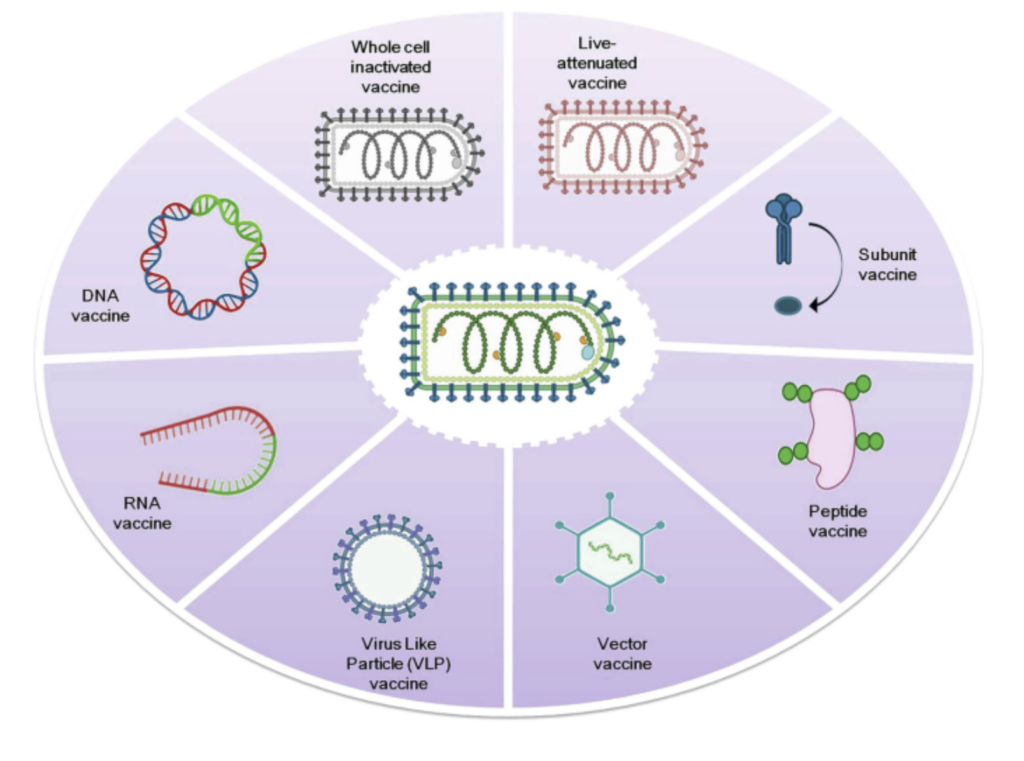
1. Live-Attenuated Vaccines
How They Work
In contrast to some other entries that include an avirulent form of the pathogen, live-attenuated vaccines contain a living but weakened form of the pathogen. This form is mild enough for the body’s immune system to identify and combat them without resulting in sickness. This leads to an activation process that causes the body to generate a strong, sustainable immune response hence protecting it in instances where it meets the real, stronger pathogen.
Through using a particular type of the pathogen in those vaccines, the body is trained to fight the pathogen if it gets exposed to one in the future, but it will not result in the disease in a vaccinated individual. One advantage resulting from the attenuation of the live-virus vaccines is the ability to immunize people against certain diseases without causing the sickness since the virus does not have the virulence to cause severe illness in the host.
Examples:
- Measles, Mumps, and Rubella (MMR) vaccine
- Varicella (Chickenpox) vaccine
- Yellow fever vaccine
Pros:
✔ Strong, long-term immunity
✔ Fewer booster shots needed
Cons:
✖ Immunocompromised patients should avoid the use of this product
✖ Requires careful storage (often refrigeration)
2. Inactivated (Killed) Vaccines
How They Work
However, live-attenuated vaccines administer live pathogens that are known to be harmless and are said to be weakened while inactivated vaccines are derived from pathogens that have been killed in some manner. Still, they are both aimed at stimulating the immune response within the human body without leading to the development of the types of vaccines within the human body.
Inactivated vaccines, despite being somewhat less similar to natural infections, can still provoke the immune system into recognizing and remembering particular pathogens for future use. Here it is necessary to stress that both types of vaccines cannot reproduce inside the organism, which means that they have no other mission but to strengthen the organism’s protection system against future infections.
The use of live-attenuated vaccines involves stimulating the immune system in order to produce a response which would help the body to protect itself against the pathogens present in the vaccines. Hence, by realizing the way the vaccines affect the immune system, it becomes easier for researchers and healthcare professionals to comprehend the way immunity is offered through vaccines.
Examples:
- Inactivated polio vaccine (IPV)
- Hepatitis A vaccine
- Rabies vaccine
Pros:
✔ Safer for people with weakened immune systems
✔ Stable and easier to store
Cons:
✖ Lower immune response than that of the live vaccines
✖ Sometimes, one or more additional doses or boosters are needed
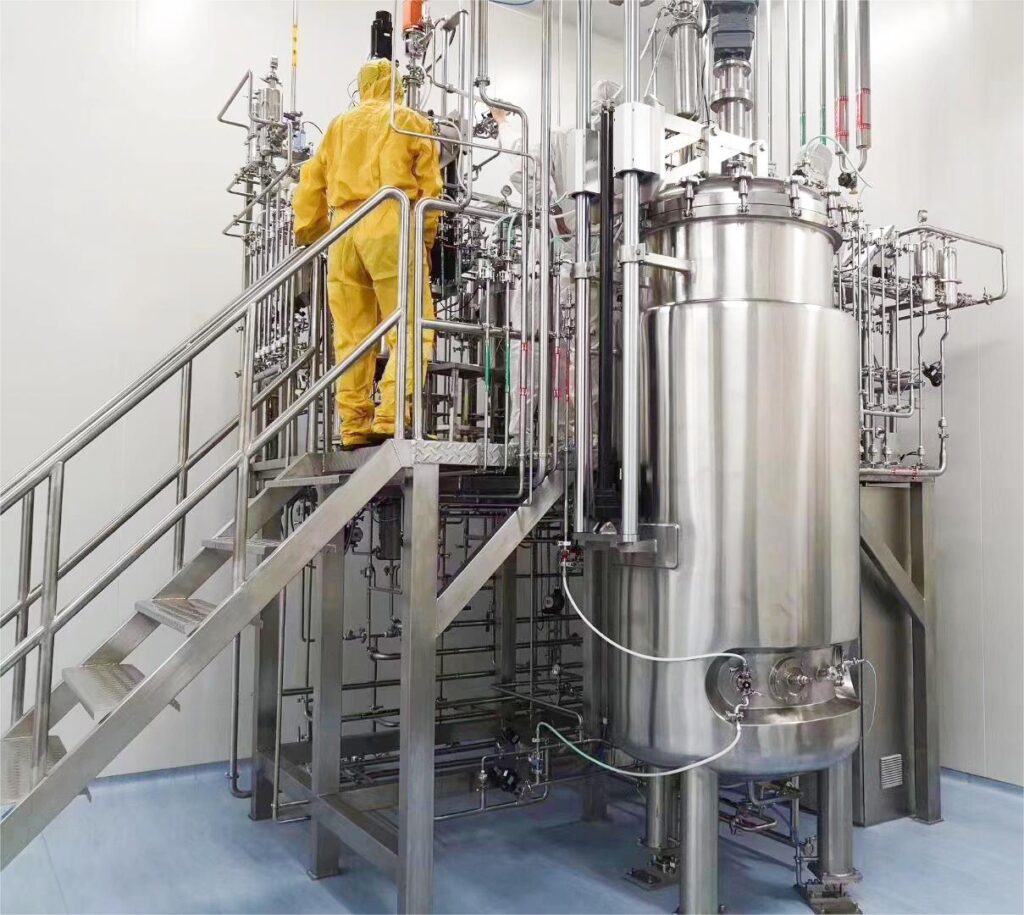
3. Subunit, Recombinant, and Conjugate Vaccines
How They Work
These vaccines do not include the whole pathogen that causes the disease but only the parts of the pathogen, like proteins, sugars, and so on. This selectiveness in determining the parts of the pathogen to include in the vaccine also protects the efficacy of the vaccine as well as averts side effects that are always associated with the traditional methods of vaccination.
In this way, by using the main components of the pathogen, vaccines allow the recipient to be protected from the disease without exposing it to the maximum risk, and therefore make the overall process of immunization much more safe and effective. One of them is the subunit vaccines which is a method of vaccination in which the body is prepared to fight certain disease-causing agents by using parts thereof without having to use the whole pathogen.
Thus, simultaneously, this innovative approach contributes not only to improvement of the safety of vaccines but also to the optimisation of the immunisation process, which makes it one of the breakthroughs in the framework of modern medicine. It provides a sensible approach to get rid of diseases by using partial pathogen components in vaccines which is a landmark in the field of preventive medicine and immunization; a useful complementary mix that does not overload the immune system of the vaccinated and protects the health of those who receive immunization.
Examples:
- Hepatitis B vaccine (Recombinant)
- Human papillomavirus (HPV) vaccine (Subunit)
- Pneumococcal vaccine (Conjugate)
Pros:
✔ Fewer side effects
✔ Suitable for immunocompromised individuals
✔ Targeted immune response
Cons:
✖ May require multiple doses
✖ Expensive to produce
4. Toxoid Vaccines
How They Work
Toxoid vaccines work by using inactivated bacterial toxins rather than the toxins themselves. It is a nonfunctional toxin but it is able to stimulate the immune system to counteract the negative impacts.
Examples:
- Tetanus vaccine
- Diphtheria vaccine
Pros:
✔ Highly effective
✔ Long-lasting immunity with booster shots
Cons:
✖ Accomplices must be sought for long-term immunity
✖ It does not combat bacterial infection but only inactivates toxins of germs that are already present in the human body.
5. mRNA Vaccines
How They Work
A new concept in vaccine development, mRNA vaccines provide the cells with an outline of the pathogen protein and instruct them to produce it, which does not harm the body.
Examples:
- Pfizer-BioNTech COVID-19 vaccine
- Moderna COVID-19 vaccine
Pros:
✔ Highly effective and adaptable
✔ Faster production timeline
✔ No risk of infection
Cons:
✖ Needs to be stored at low temperature (ultra-below-zero)
✖ Still, existing long-term data is still yet collected
6. Viral Vector Vaccines
How They Work
These vaccines introduce a harmless virus (vector) carrying genetic material of the target pathogen into the system in order to provoke an immune reaction.
Examples:
- Johnson & Johnson’s COVID-19 vaccine
- AstraZeneca COVID-19 vaccine
Pros:
✔ Long-term and persistent immunity
✔ It is non-toxic and harmless, so can be stored at any temperatures like regular refrigerator temperatures.
Cons:
✖ Possible pre-existing immunity to the vector virus
✖ The occurrence of such side effects, although minimal, includes blood clotting problem.
7. DNA Vaccines
How They Work
DNA vaccines involve the use of a piece of DNA sequence that teaches the organism’s cell to produce an antigen thus leading to immunity.
Examples:
- Under research for diseases like Zika and HIV
Pros:
✔ Easy and fast to produce
✔ It is stable and ought not require frequent cold storage.
Cons:
✖ Still in experimental stages for many diseases
✖ Requires further clinical validation
8. Combination Vaccines
How They Work
In this case, a large number of vaccines develop immunity against several diseases within the same session through the use of combination vaccines.
Examples:
- DTaP (Diphtheria, Tetanus, and Pertussis)
- MMRV (Measles, Mumps, Rubella, and Varicella)
Pros:
✔ Reduces the number of injections
✔ Increases compliance
Cons:
✖ Higher risk of mild side effects
✖ Not suitable for every person
The Future of Vaccines
There are different types of vaccines available today known as traditional as well as the new generation being developed by gene engineering, nanotechnology, and with the help of AI technology in drug designing. Scientists are now exploring:
- Personalized cancer vaccines
- Universal flu vaccines
- Needle-free vaccine delivery methods
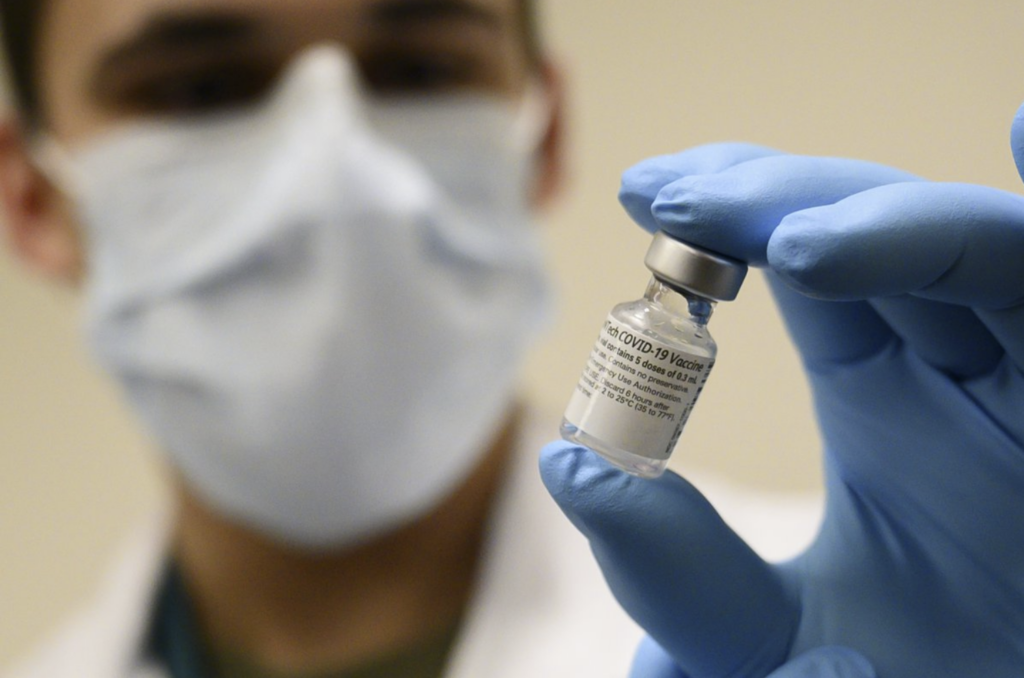
Final Thoughts
Knowing the types of vaccines is essential to comprehend the function of vaccines in the health of the public. Within any existing and novel classes of vaccines, whether inactivated or based on the mRNA, it is still crucial to rely on them as the most effective way to fight diseases.
Do you know how to guard yourself and your family members now? Please consult your health care providers and ask him whether you require some or all of these immunisations! Also read out more articles to learn more!
